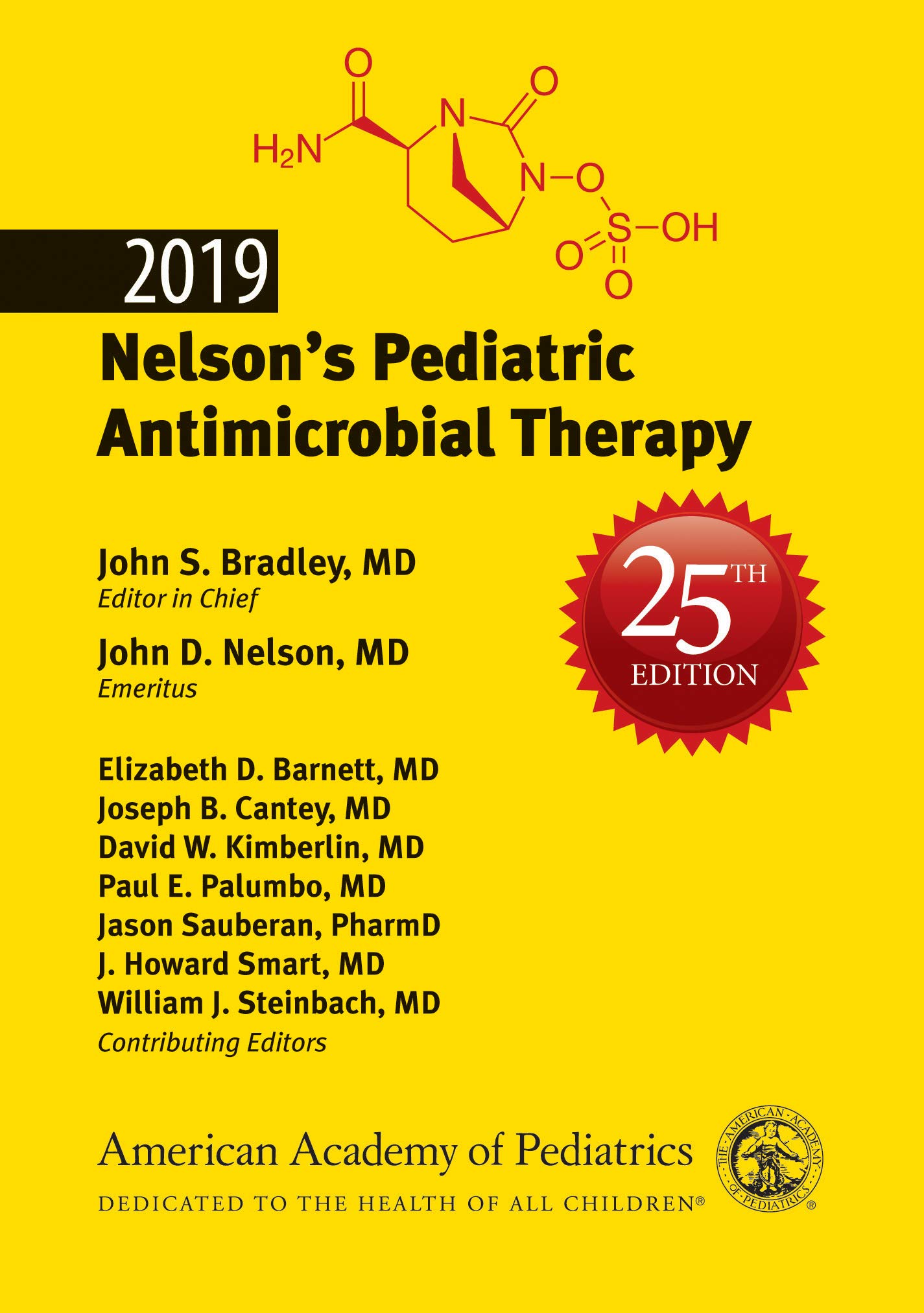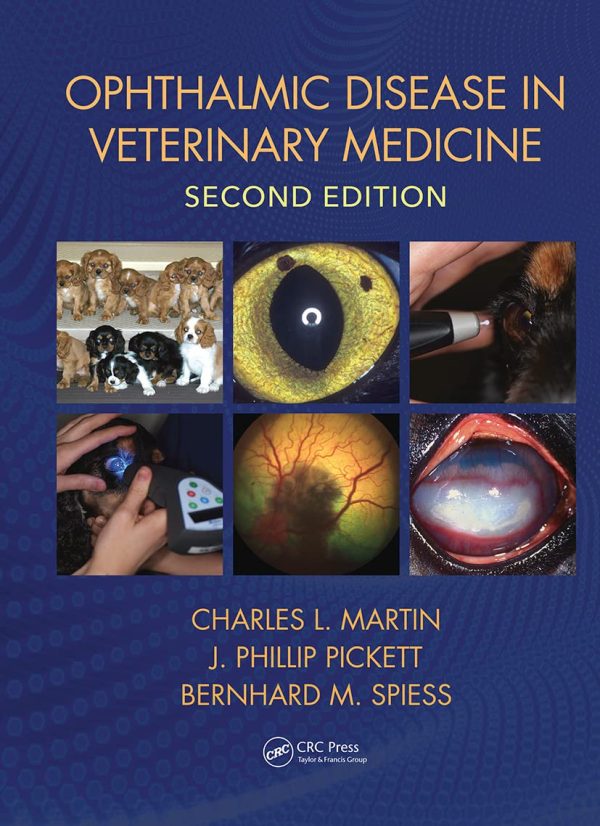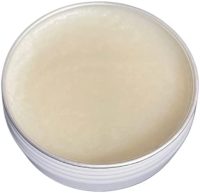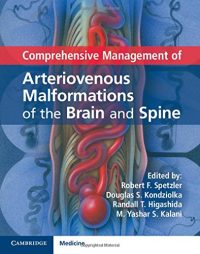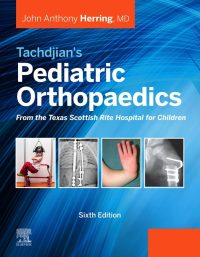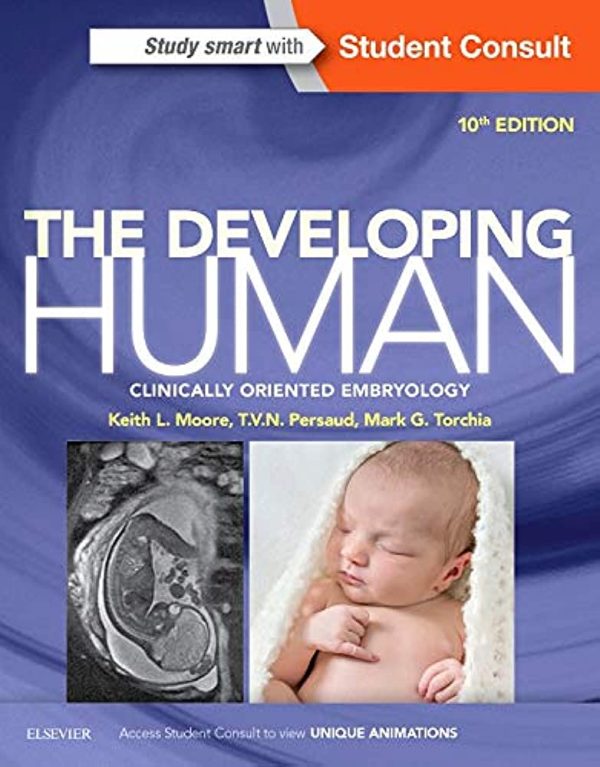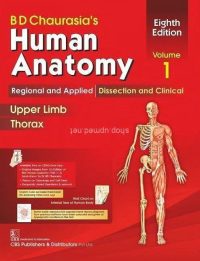Description
This best-selling and widely used resource on pediatric antimicrobial therapy provides instant access to reliable, up-to-the-minute recommendations for treatment of all infectious diseases in children.
For each disease, the authors provide a commentary to help health care providers select the best of all antimicrobial choices. Drug descriptions cover pediatric-appropriate antimicrobials and include complete information about dosing regimens. In response to growing concerns about overuse of antibiotics, the program includes guidelines on when not to prescribe antibiotics.
Now in color to help you find the best options quickly!
New in the 25th edition:
- Includes recommendations for new intravenous broad-spectrum beta-lactam/beta-lactamase inhibitor combinations.
- Provides options for treatment of increasing resistance in Escherichia coli for urinary tract infections.
- Includes updates for management of diarrhea, including recommendations for Giardia with tinidazole and nitazoxanide as drugs of choice, based on the new Infectious Diseases Society of America (IDSA) guidelines.
- Clarifies specific, new, and evolving recommendations about antifungal therapeutic drug levels for several invasive fungal infections, particularly in immunocompromised children.
- Reorganizes antiviral table for easier reading: common viral pathogens are in one table and HIV, hepatitis B, and hepatitis C are in a second table.
- Provides guidance for neonates during the ongoing cefotaxime shortage, including alternatives to achieve similar antibacterial activity in similar tissue sites, with a similar safety profile.
- Includes updates, such as new information on drug therapy and steroid therapy for neurocysticercosis, incorporating the new IDSA and American Society of Tropical Medicine and Hygiene guidelines.
- Incorporates new IDSA coccidioidomycosis guidelines in updated recommendations.
- Simplifies navigation with color-coded tabs and tables that make it easier to find the best treatment options for susceptibility of bacterial, fungal, viral, and parasitic pathogens.

